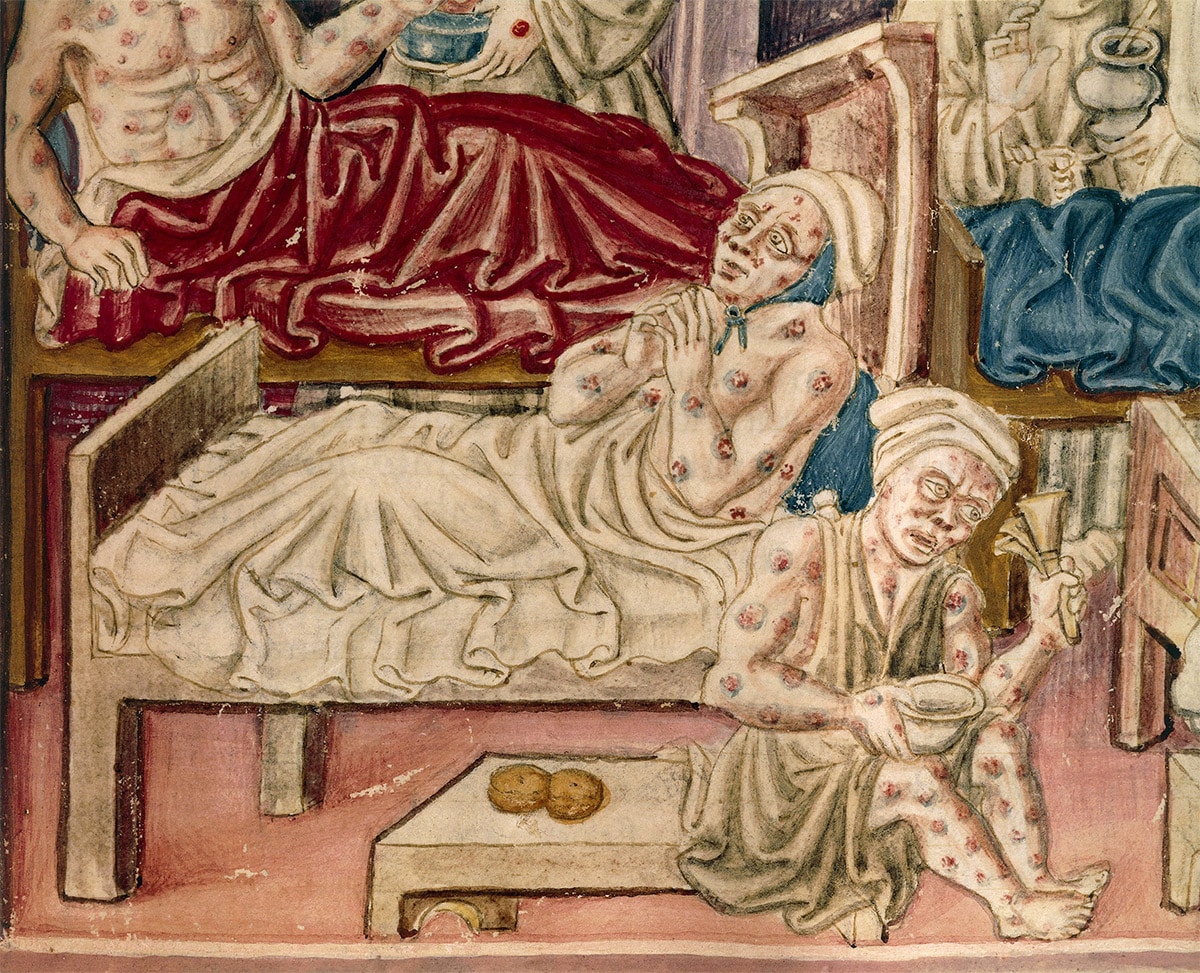Humans have suffered from some devastating illnesses. These illnesses had lots of negative effects, with some even leading to many deaths. These gruesome effects led to the successful search for cures and ways to prevent these illnesses. In this article, we’ll highlight five illnesses that are almost eradicated from the world scene. While most of these illnesses still exist, they’re not as deadly as they used to be.
Chronic Flu
Flu was a very common and deadly ailment in the 1900s, with about four major flu pandemics between 1918 and 1977. The ailment has adverse effects on the body, such as dehydration, fatigue, cough, and fever, and can lead to death if not properly treated.
Flu spreads by small respiratory droplets from infected people to nearby individuals, thus infecting many people quickly. While the flu resulted in millions of deaths in the past, its force has now been stifled by recent developments in drugs and vaccines, leading to much higher survival rates.
Measles
Measles was another common and dangerous illness. It infected about 3.5 million individuals yearly in the U.S. alone. Almost every child contracted the disease before age 15 until 1963, when the vaccine was discovered. Its effects include muscle pain, fever, sneezing, skin rash, and peeling.
Measles spreads mainly through the coughing and sneezing of infected individuals. It can be transmitted by contact with infected surfaces and even air, making it one of the world’s most contagious diseases. Before the vaccine, measles resulted in about 2.5 million deaths yearly, but that number has now been reduced greatly.
Smallpox
Smallpox outbreaks were common in the 18th century, affecting almost every part of the world. This ailment had major adverse effects on the body, including abdominal pain, fever, widely spread skin rash and bumps, and even blindness in some patients.
Smallpox spreads through contact with infected persons, body fluids, and even objects like clothes, leading to a high chance of infection and, subsequently, death if not looked after. But thanks to mass vaccinations, smallpox can be said to be extinct, with the last case occurring in 1980.
Hepatitis A
In the 17th century, Hepatitis A (a liver disease) appeared worldwide, with outbreaks occurring in different places over the ensuing years. Infected people suffer from abdomen and muscle pain, diarrhea, jaundice, fever, fatigue, dark urine, and many other symptoms.
Hepatitis A is a viral disease found in infected blood and stool. It is spread through contact with infected persons and eating of infected food or water. Hepatitis A can lead to death and could also result in complications like Acute Liver Failure on rare occasions. Cases of Hepatitis A have been reduced through vaccinations and proper sanitation.
Polio
Polio was common in the 19th and early parts of the 20th century as a deadly and feared ailment. There were major outbreaks of Polio, killing thousands of individuals. Polio had symptoms like fever, limb pain, and stiff necks, and could also lead to permanent paralysis and even death.
Polio could be transmitted through contact with infected respiratory droplets and fecal matter. The survival rate of Polio wasn’t very high, with most survivors suffering from paralysis. The use of vaccines, however, diminished Polio incidence rates up to 99%.







